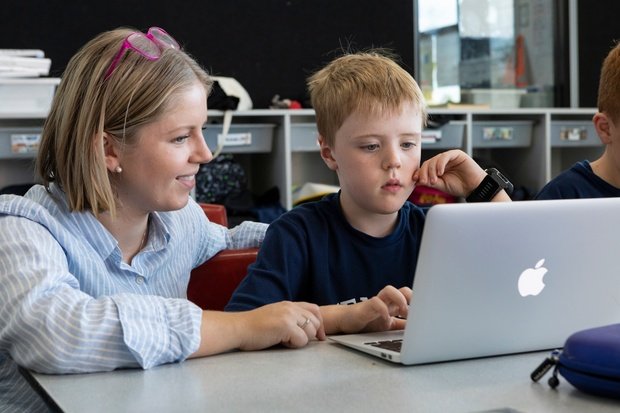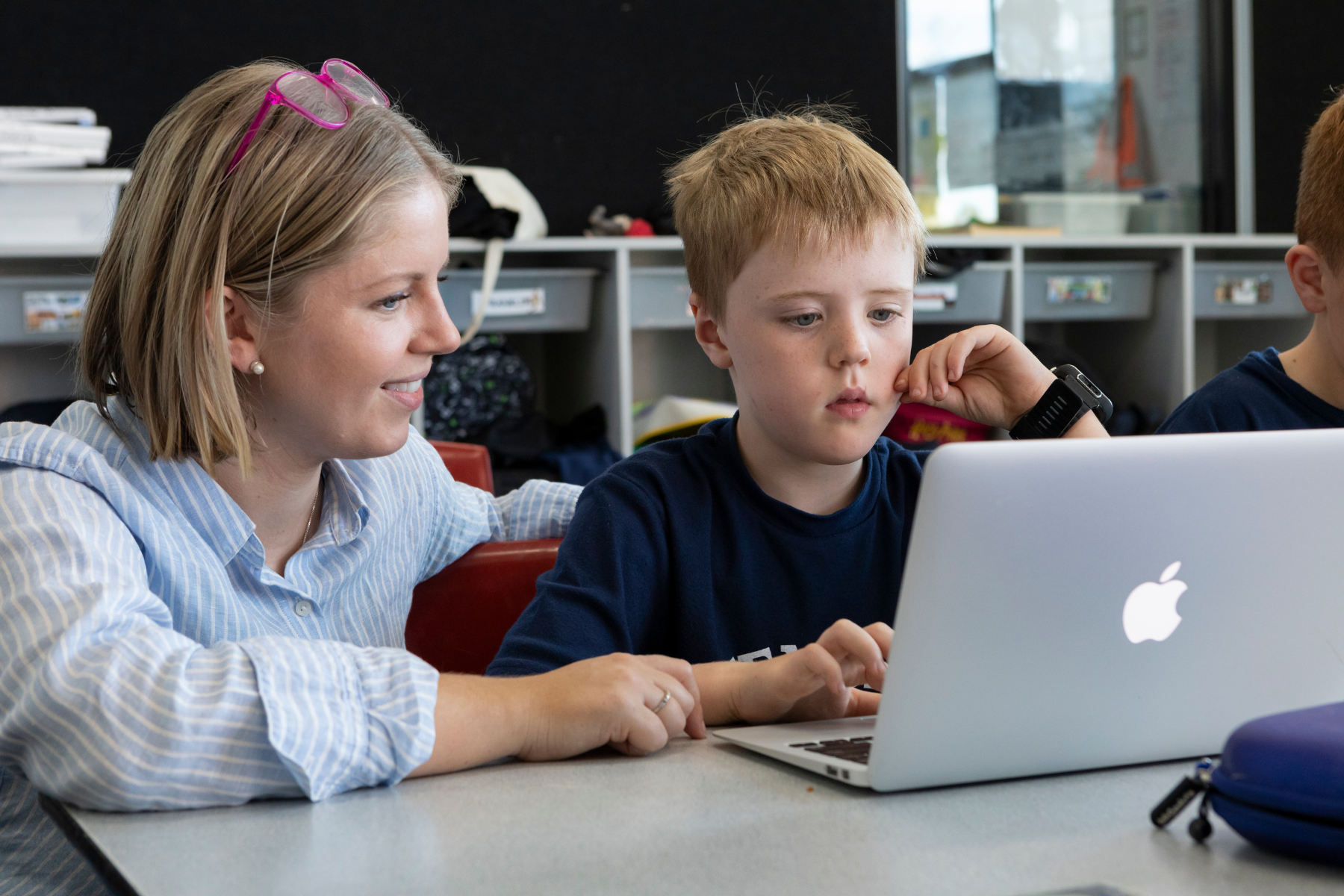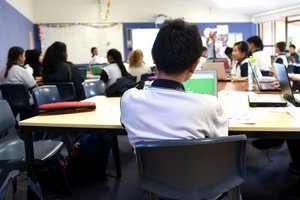Threats like cyberbullying and grooming get most of the attention, and 60% of parents say their children are exposed to online risks.
However, 90% of parents also say their child benefits from being online, with schoolwork, access to information, and entertainment being key advantages.
Given these benefits, as well as the simple fact that this generation lives increasingly online, teaching young people how to navigate the digital world safely and responsibly should be one of our highest priorities.
So, how do we educate in a way that acknowledges the very real risks of the digital environment while also giving children and young people the tools to navigate it with confidence and make the most of what’s on offer?
Something the Alannah & Madeline Foundation has consistently advocated for is more voices of children and young people in the mix when discussing online safety.
We as educators, parents and carers have lots of ideas about what young people should and should not be doing online. And although we have their best interests at heart, there is sometimes a tendency to forge ahead without holding space for young people to contribute in a meaningful way.
But there are many benefits to engaging young people in the conversation.
On an ethical level, young people have a right to be involved in decisions about things that impact their wellbeing. On a more practical level, they’re often better acquainted with new digital technology than older generations and better placed to identify the risks and rewards those technologies present.
Given this reality, it is both natural and crucial to involve young people in the design of policies and learning strategies aimed at improving their online safety.
In 2020, the eSafety Commissioner released its Best Practice Framework for Online Safety Education, which stressed the importance of co-design for effective online-safety education.
As the Framework explains, co-design means much more than just asking young people their opinions on these issues; true co-design is about working collaboratively with young people to develop educational programs that will allow them to meaningfully influence those things that most affect them.
In creating eSmart, our online-safety and digital-literacy education initiative, the Alannah & Madeline Foundation has embraced co-design as central to our design methodology.
We work collaboratively with young people of all ages and backgrounds to create and continually improve our lesson plans. Through co-design sessions, we learn what issues are most relevant to students, what level of understanding or skill they have in a particular area, and what kinds of learning activities they find most engaging.
In this way, co-design informs not just the content or topic areas, but also the form and structure of the lesson plans.
When working with young learners, we are guided by a set of principles we've developed to prioritise their input while also ensuring a positive, respectful experience for all involved: we are genuine and do not underestimate the knowledge and skills of children and young people; we ensure informed consent from participants; and we always consider accessibility, special needs, diversity and cultural safety.
That last principle points to another pillar of the eSmart approach – universal design. Outlined in the eSafety Commissioner’s Best Practice Framework, universal design is about ensuring that learning is inclusive of, and accessible for, all students.
For instance, not all students have access to digital devices in the classroom, nor do they all learn in the same way and at the same pace.
To accommodate these differences, eSmart has both online and offline options, and the learning portal underwent a full audit by the Centre for Accessibility Australia from a disability lens.
During the co-design process and when promoting eSmart to educators, we have also focused on reaching schools that are considered digitally excluded according to the Australian Digital Inclusion Index (ADSII).
This has implications beyond digital literacy or access to devices. Low digital inclusion tends to correlate with other factors, such as geographic isolation and financial hardship, which can place students at a disadvantage.
By focusing on these groups, we ensure we are reaching some of the country’s most underserved young learners and bridging the digital divide.
It’s an exciting time to be working on the frontlines of children’s online safety, and it’s deeply encouraging to see government and decision makers acknowledging parents’ concerns with concrete policy.
However, we need to realise that dictating to young people what they can and can’t do based on our own perceptions and fears about digital technology is an extremely limiting approach.
If we want to set the next generation up to thrive in an increasingly digital world, then we need real-world strategies that are created with them, not just for them.
















